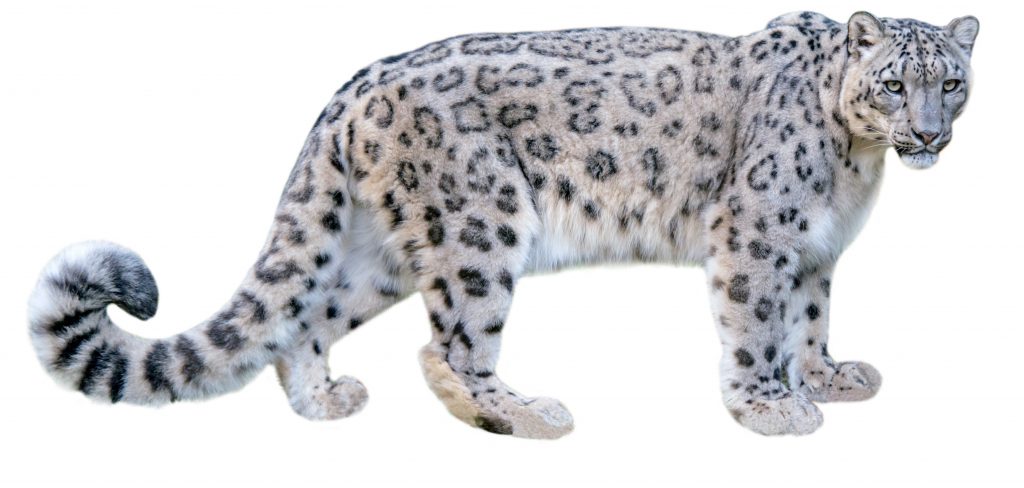Key Facts

Adapted to high altitudes, the Snow leopard can be distinguished from other similar species by its proportionately longer tail, which helps it maintain its balance on the rugged terrain and unstable surfaces of its habitat.
The Snow leopard's tail also doubles as a warmth cover and is used to cover its nose and mouth when sleeping in very cold conditions.
They have a dense coat, which doesn’t tend to molt because of the harsh climatic conditions they live in.
They also have very large paws that act as ‘snow shoes’. Other special adaptations include large lungs to make the most of the oxygen at high altitudes.
Did you know that an important aspect of the work of modern zoos is to have active involvement in research? Here at Hertfordshire Zoo, we assist in many research projects which contribute to animal welfare, understanding of animal behaviour, and conservation.
2 years ago Jessie became a viral sensation across the world with this hilarious reaction to seeing a CCTV camera for the first time.
Jessie has become loved across the whole zoo and even the world, with her playful antics. From her zoomies around her habitat that she loves to show everyone, to her love of enrichments; especially pinatas containing her favourite snacky snacks.
